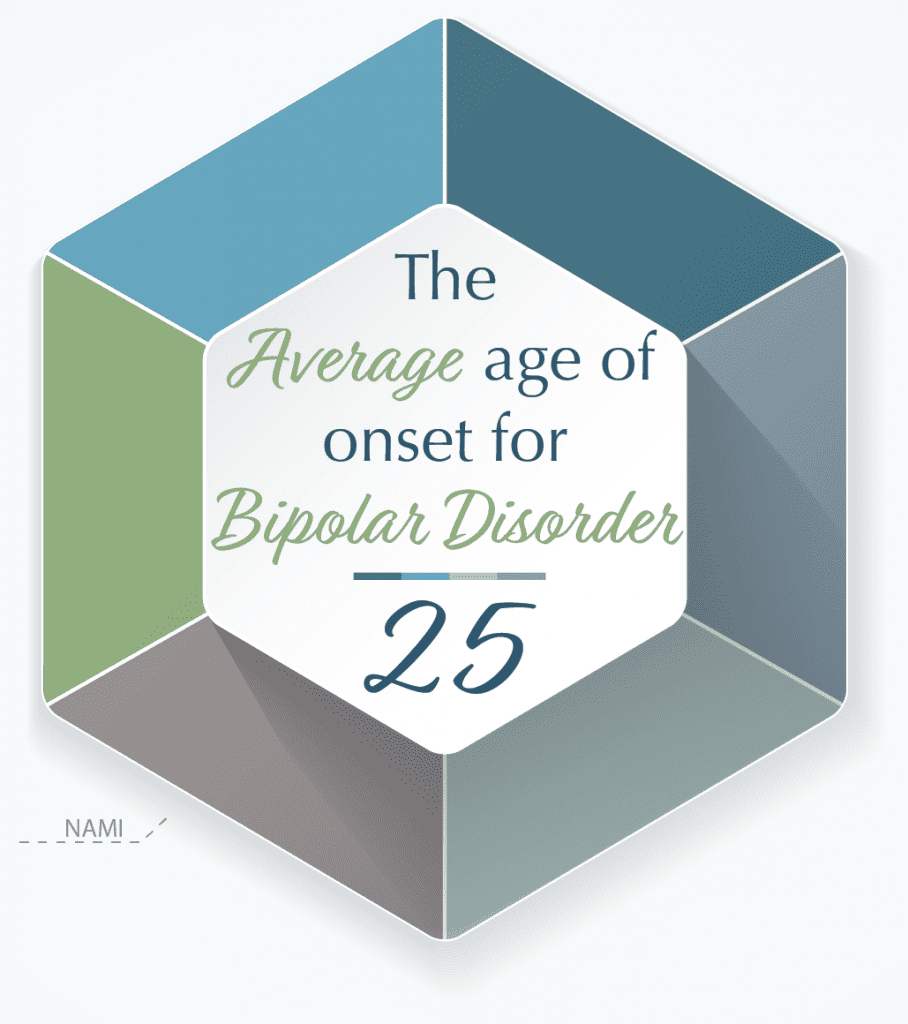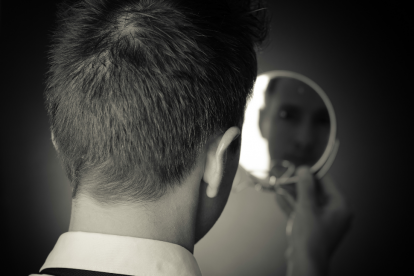
The Difference Between Bipolar Type I and Bipolar Type II
Bipolar I is a mood disorder characterized by manic episodes. These are mood episodes that last at least seven days, require hospitalization, or cause psychosis. Bipolar I often includes depressive episodes as well, but the presence of depressed mood is not necessary for diagnosis. Bipolar II is diagnosed when there has never been a manic episode, but the patient experiences less severe hypomanic episodes alternating with depression. Bipolar I more often leads to hospitalization or residential treatment.
Definition of Bipolar Disorder
Bipolar disorder is a type of mental illness called a mood disorder because it causes unhealthy and unusual changes in mood in those who live with it. This disorder was once known as manic depression because it is characterized by shifts in mood from mania to depression and back again. Mania is a euphoric mood, which can cause high energy and activity levels, lack of sleep, irritability and anger, and risky behaviors.
The opposite of mania is depression. The depressive phase of bipolar disorder causes sad, hopeless moods that persist for a couple of weeks or longer. The depressive moods may also cause lethargy, physical aches and pains, changes in sleeping and eating habits, loss of interest in activities, withdrawal, difficulty thinking, and other symptoms.
Bipolar disorder can affect mood, thoughts, and behaviors to the extent that day-to-day life becomes challenging. It can prevent a person from functioning normally at home, at work, at school, and in relationships with other people. The average age of onset of bipolar disorder is 25, but many people begin to experience the first signs of the condition in their teens. While bipolar disorder can be very disruptive, it can also be managed with treatment, including residential therapy and support along with medications.
Characteristics of Bipolar I Disorder
There are a few different types of bipolar disorder, distinguished by the pattern of manic and depressive episodes, and the severity and duration of those episodes. The two main types are called bipolar I and bipolar II. Bipolar I is the disorder that is most often associated with the bipolar characteristic of mood shifting between depression and mania.
The main characteristic of bipolar I is the presence of manic episodes. These are mood episodes that last for at least one week and cause an elevated, often irritable mood. Mania often causes euphoria, but it can also make someone more irritable than euphoric. It may also cause someone to alternate between feeling irritable or angry and feeling euphoric. Other symptoms of a manic episode include:
- An inflated sense of self-esteem, or a feeling of grandiosity. This may be expressed as very high self-confidence but can also take the form of delusions, like expertise in a particular area the person doesn’t actually have experience with.
- Racing thoughts, or thoughts jumping quickly from one topic to the next, accompanied by fast talking
- Sleeping less than normal, but feeling energized nonetheless
- An unusually high level of activity
- Irritability and angry outbursts
- Distractibility
- Engaging in impulsive and risky behaviors, making decisions that lead to high-risk situations
- Psychotic episodes
To be diagnosed with bipolar I a person must experience at least one episode of mania, which includes some of these symptoms and lasts for at least seven days, or is severe enough to warrant hospitalization. Depressive episodes do not have to occur for this diagnosis, but they most often do. Depressive episodes usually last two weeks or more, and it is also possible to have mixed episodes with some symptoms of depression and of mania.
Characteristics of Bipolar II Disorder
What makes bipolar II different from bipolar I is that it causes episodes of mania that are less severe and often last for shorter periods of time. These episodes are called hypomania. To be diagnosed with bipolar II instead of bipolar I, a person must have experienced hypomania but never a full-blown manic episode. As with bipolar I, bipolar II usually also includes periods of depression. A single episode of full mania is enough to warrant a bipolar I diagnosis.
Hypomania may last about four days or longer, but it is less severe than mania. There are no delusions or other types of psychosis, which is a break from reality. Someone going through hypomania is generally still able to function at home, at work, or at school. All of the symptoms of mania, except for psychosis, are possible with hypomania, but they are less severe and do not cause impairment.

Bipolar II and Major Depression
Bipolar II is more often misdiagnosed than bipolar I because it is easy to mistake it for major depression. Depression is also a mood disorder, and while the symptoms it causes are nearly identical to those caused by depressive episodes of bipolar II, the two conditions are not the same. Bipolar II causes episodes of hypomania in between depressive periods.
Because these hypomanic episodes are less severe than the mania experienced by people with bipolar I, it can be mistaken for a normal mood between episodes of major depression. The hypomania may just seem like relief and even elation after struggling with depression. There are some signs that can help distinguish between major depression and bipolar II. The following characteristics indicate a person is likely to have bipolar II rather than depression:
- Changes in sleep habits
- An unusual increase in energy level
- Talking more than is normal, or acting hyper
- Feeling more self-confident than usual
- Socializing more than is typical
- Irritability
- Angry outbursts
- An increased desire to do better at work or school, or even with chores at home
- In spite of the desire to accomplish more, being distracted easily or struggling to focus on tasks
- Behaviors that are noticed by others as unusual or uncharacteristic
How Treatment Differs
Treatment for bipolar disorder may vary depending on the needs of each individual, but generally involves some combination of psychotherapy and medication. Mood stabilizers, antipsychotics, and antidepressants are drugs that may be used to treat any type of bipolar disorder along with individual therapy, group therapy, or family and couples therapy.
A major difference in treating bipolar I and bipolar II is that the former more often requires residential treatment. During a severe manic episode, such as is possible with bipolar I, a person may need to be hospitalized for a few days until he or she can be stabilized. After hospitalization the patient may then stay for a few weeks or months in a residential treatment facility for intensive therapy and regular monitoring.
Even if not hospitalized first, it is often recommended for patients with bipolar I to undergo residential treatment. This reflects the difference in severity between bipolar I and bipolar II. The manic episodes of bipolar I can make it impossible to function normally, so to be able to stay in a psychiatric facility and receive round-the-clock care and ongoing treatment without the responsibilities of home, work, or school is important.
Other Types of Bipolar Disorder
Bipolar I and II are the main types of bipolar disorder, but there are other subtypes as well. These include cyclothymic disorder, or cyclothymia, which causes unstable moods, hypomania and mild depression, but which is ongoing for two years or more. People with cyclothymia have less severe symptoms and are better able to function in everyday life as compared with bipolar I and II.
Someone with bipolar disorder may also be diagnosed with a rapid cycling type. This means there have been four or more cycles of mania/hypomania and depression during a 12-month period of time. Bipolar disorder, not otherwise specified may be diagnosed for someone who has some of the symptoms of bipolar but does not meet all the diagnostic criteria.
Bipolar I and bipolar II are both very serious mental health conditions. Diagnosis and treatment are crucial for helping someone living with either type to feel better and to learn how to live with the chronic condition. Residential treatment is often recommended for bipolar disorder because it allows the patient to focus on treatment and to develop skills and strategies for living with bipolar disorder once they return home.


